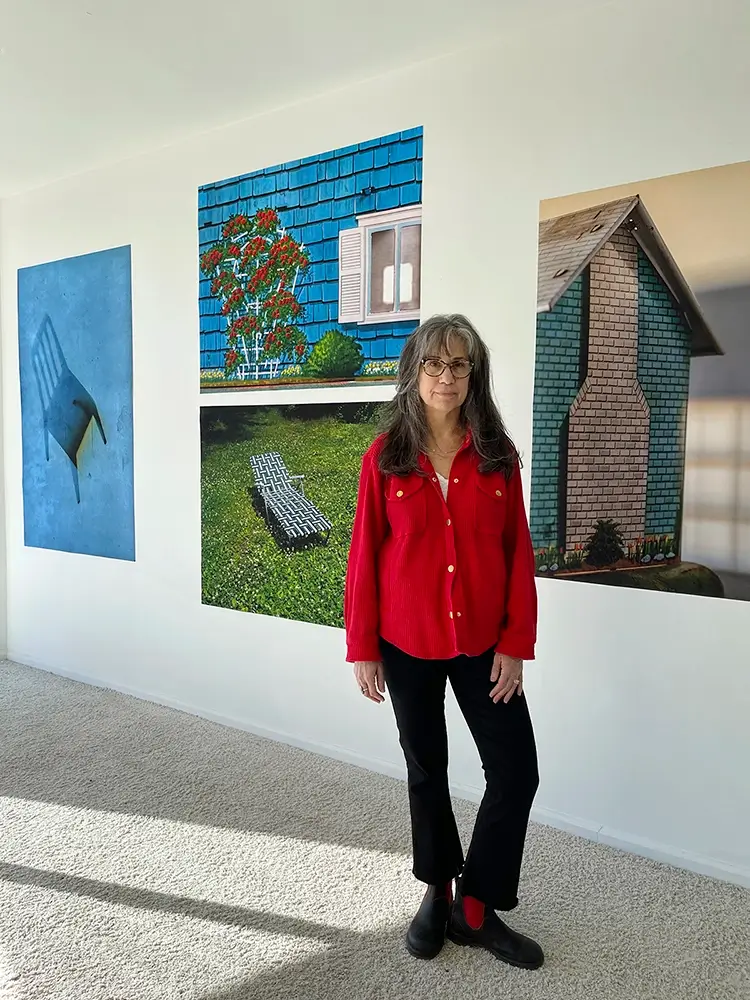Pam Connolly is a lens-based artist and book maker who has been investigating the theme of home for more than 30 years. Her photographs of tin dollhouses, domestic spaces, and family portraits look closely at the American dream, exploring childhood memory and the notion of home; the yearning between the imaginary and the real.
Connolly’s photographs are held in the collections of Brown University and the Houston Museum of Fine Arts Houston. Her recent artist book, Fly in Amber was acquired by the Hirsch Library, Houston, and the University of Michigan’s Art and Design Collection. Her previous book, Cabriole, belongs to the Beineke Library at Yale and the Museum of Fine Arts at Harvard. Connolly has exhibited her work nationally at the Ogden Museum in New Orleans, Foley Gallery in NYC, and Candela Gallery in Richmond, and internationally at the Kominek Gallery in Berlin and the National Portrait Gallery in London. Most recently Connolly has become the creator and curator of Landau Gallery, a miniature art space showcasing photo-based art in 1:12 scale.
Connolly received an MFA in Photography from the Hartford Art School’s International Limited-Residency Program. She lives and works in New York’s Hudson Valley.
AAP Magazine:
AAP Magazine 48 Portrait
Article:
Salon Studies